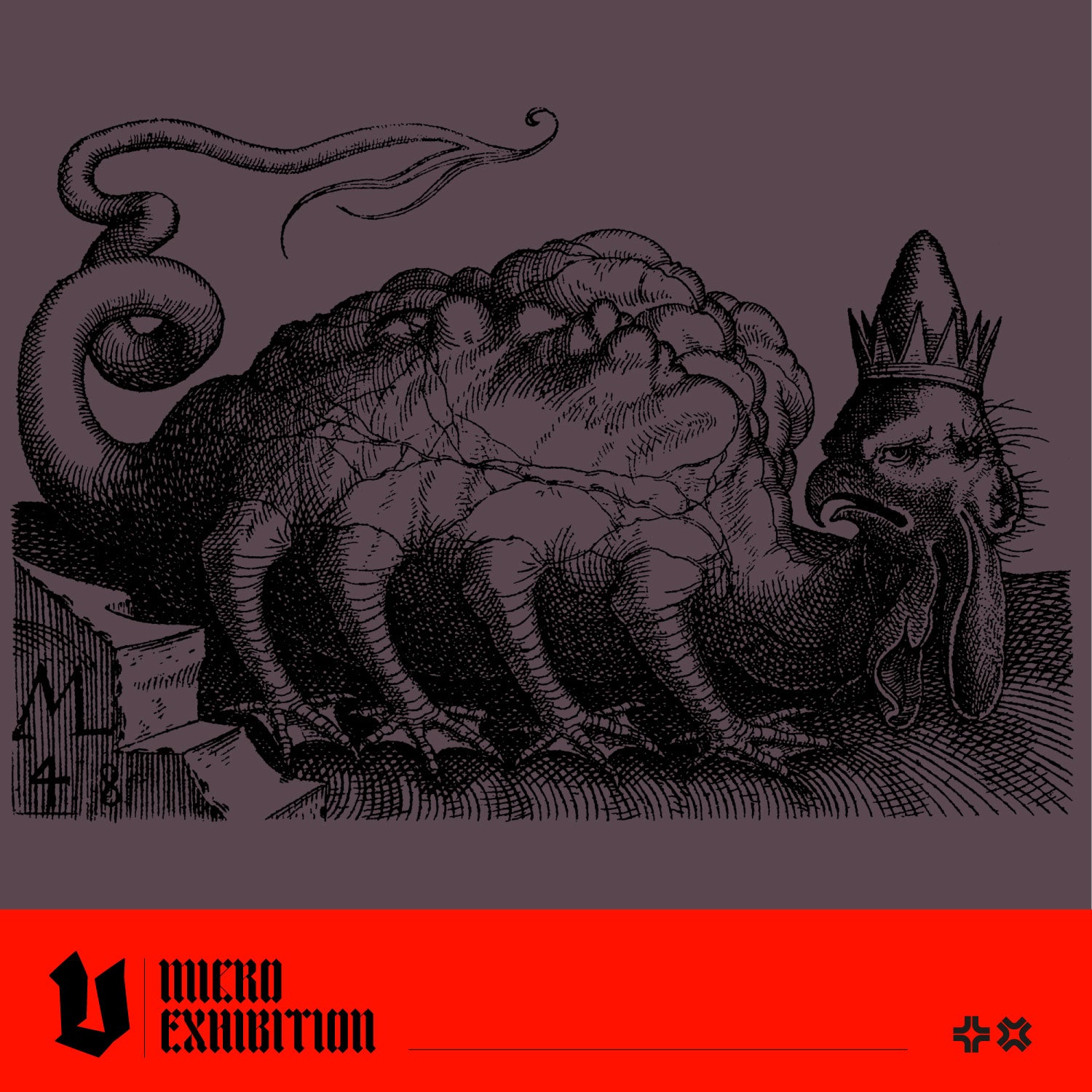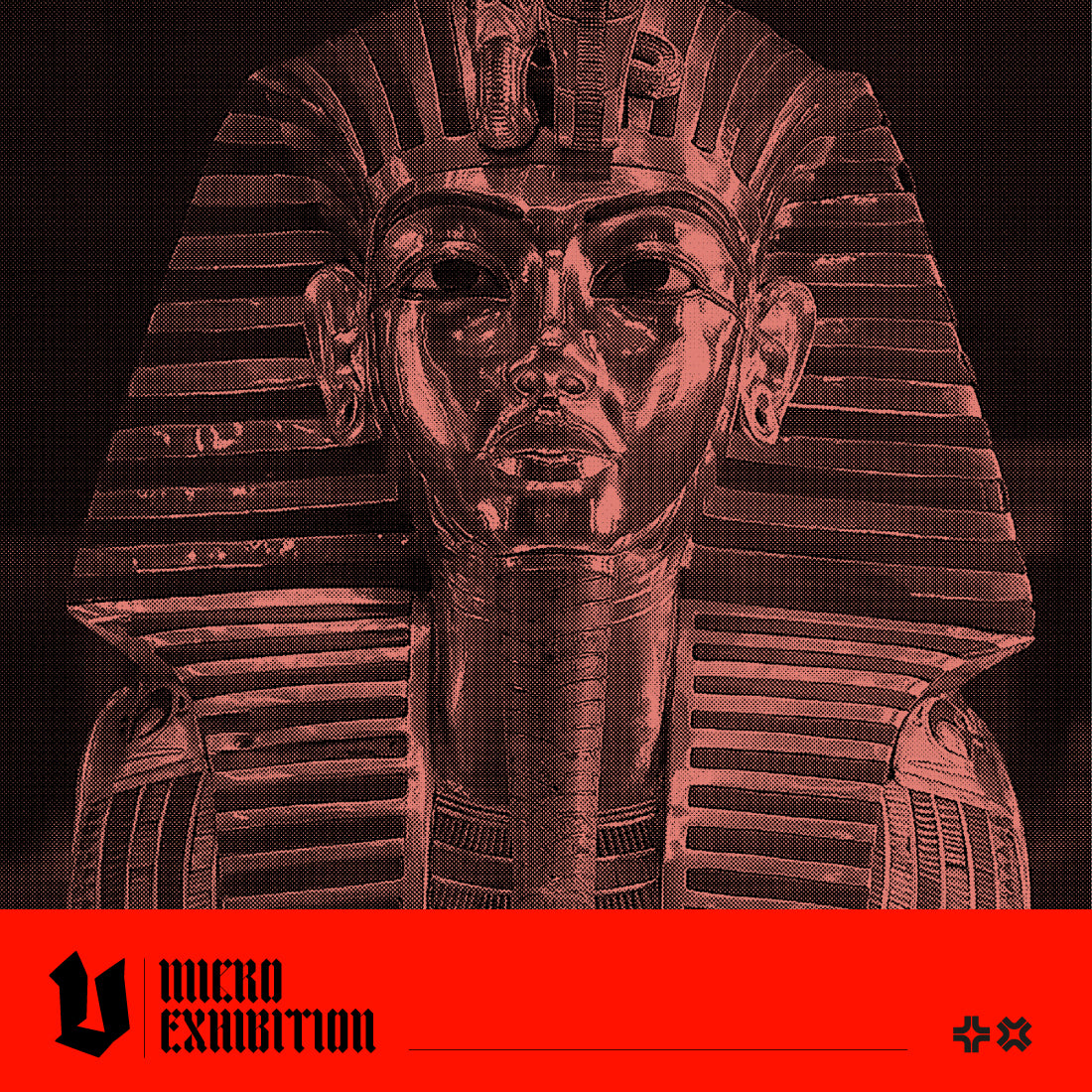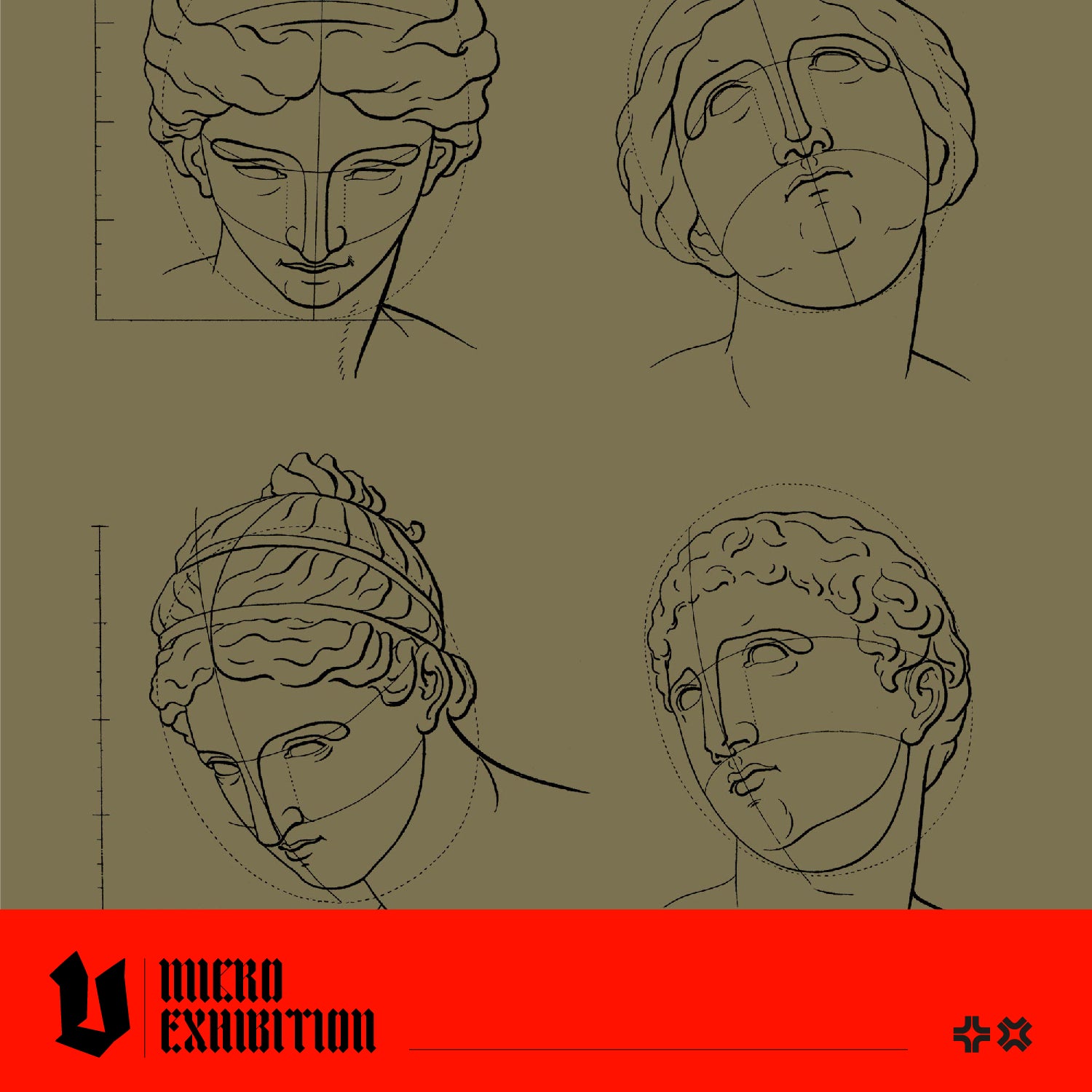Tales of fantastical creatures such as dragons, mythical beasts and legendary monsters have captivated people's imaginations worldwide for centuries. In this blog post, we'll explore the stories behind some legendary creatures and examine some fascinating illustrations from our pictorial archives; Dragons and Mythical Creatures, Monsters and Beasts and Greek and Roman Mythology.
Read on to learn more!
What is A Basilisk?
 |
How was the Hydra of Lerna Defeated?
The Hydra was a serpent-like creature from Greek mythology with multiple heads, and every time someone cut off a head, two more would grow back in its place (the exact number of heads varies according to the source!) This beast had been raised by Hera, queen of the gods, specifically to challenge and defeat the legendary hero Hercules, who King Eurystheus tasked to kill it. The creature's blood and breath were poisonous, so Hercules had to cover his mouth before approaching the beast. He then drew his bow and began to fire flaming arrows into the entrance of the Hydra's den to lure it outside where he could more easily face it.
Different tales offer various accounts of Hercules's weapons; some say he had a harvesting sickle, others a sword, or perhaps he brandished his famous club. Upon confronting the creature, Heracles began hacking off each head individually. But as we know, two new heads would appear instead of every severed head, making it seem as if Hercules were doomed to fail in his mission. However, he enlisted the help of his nephew Iolaus, who cauterised the stump of each head immediately after it was removed so a new head could not emerge. As Hercules gained the upper hand over the Hydra, Hera sent a monstrous crab to distract him from his task. He crushed the crab beneath the weight of his powerful foot and defeated the Hydra. Athena had gifted him a magical golden sword, which he used to slice off its remaining immortal head. The slain creature's head remained alive and writhing in agony, so Heracles placed it under a large rock on a sacred route between Lerna and Elaius. He then dipped his arrows into the Hydra's lethal venomous blood to help him in his later quests.
 |
What is A Harpy?
One story involving harpies is the tale of King Phineus of Thrace, who Zeus granted the ability to foresee future events. However, he was indiscreet and told people divine secrets and the gods' intentions. Zeus punished him for his discourtesy by blinding him and abandoning him on an island with a banquet of food. That doesn't sound too bad (as far as punishments from Zeus go) right? Well, unfortunately, he could never enjoy the food because harpies constantly harassed him. The ravenous creatures would snatch up the food before Phineus could have any, either consuming it or defiling it with foul-smelling substances, rendering it inedible. This cycle persisted until Jason and the Argonauts arrived to free Phineus from his torment.
 |
Harpy, from Monsters and Beasts, an Image Archive for Artists and Designers
Interested in Learning More?
Check out our introduction to dragons, centaurs and unicorns here!
Read more about Hercules and his daring feats in our blog post here.
Explore our titles,
Dragons and Mythical Creatures, an Image Archive for Artists and Designers, Monsters and Beasts, an Image Archive for Artists and Designers
Greek and Roman Mythology, an Image Archive for Artists and Designers





